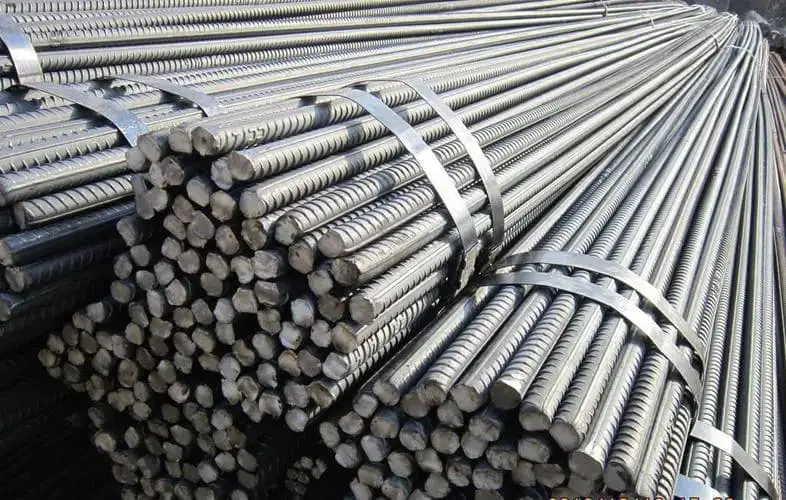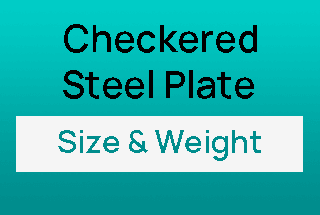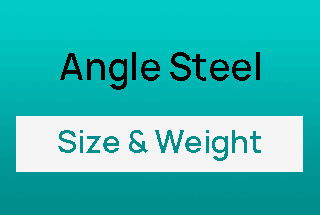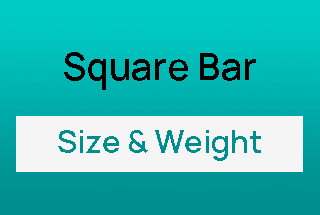
Have you ever wondered about the weight of steel reinforcement bars (rebars) used in construction? In this insightful blog post, we’ll dive into the fascinating world of rebar weight charts and calculators. Discover how these essential tools help engineers and contractors accurately estimate the weight of various rebar sizes, ensuring precise material management in construction projects. Get ready to expand your knowledge and streamline your workflow with this comprehensive guide to rebar weight calculations.


| Item | Model | Unit | Weight |
|---|---|---|---|
| Rebar | Φ6 | kg/m | 0.222 |
| Rebar | Φ8 | kg/m | 0.395 |
| Rebar | Φ10 | kg/m | 0.6169 |
| Rebar | Φ12 | kg/m | 0.888 |
| Rebar | Φ14 | kg/m | 1.21 |
| Rebar | Φ16 | kg/m | 1.58 |
| Rebar | Φ18 | kg/m | 2 |
| Rebar | Φ20 | kg/m | 2.47 |
| Rebar | Φ22 | kg/m | 2.98 |
| Rebar | Φ25 | kg/m | 3.85 |
| Rebar | Φ28 | kg/m | 4.83 |
| Rebar | Φ32 | kg/m | 6.31 |
| Rebar | Φ36 | kg/m | 7.99 |
| Rebar | Φ40 | kg/m | 9.87 |
| Rebar | Φ50 | kg/m | 15.42 |
| MS HR round wire rod | Φ5.5 | kg/m | 0.187 |
| MS HR round wire rod | Φ6.0 | kg/m | 0.222 |
| MS HR round wire rod | Φ6.5 | kg/m | 0.26 |
| MS HR round wire rod | Φ7.0 | kg/m | 0.3019 |
| MS HR round wire rod | Φ7.5 | kg/m | 0.3469 |
| Steel Strand for Prestressed Concrete(1×2) | 10 | kg/km | 310 |
| Steel Strand for Prestressed Concrete(1×2) | 12 | kg/km | 447 |
| Steel Strand for Prestressed Concrete(1×3) | 10.8 | kg/km | 465 |
| Steel Strand for Prestressed Concrete(1×3) | 12.9 | kg/km | 671 |
| Steel Strand for Prestressed Concrete(1×7)Standard | 9.5 | kg/km | 432 |
| Steel Strand for Prestressed Concrete(1×7)Standard | 11.1 | kg/km | 580 |
| Steel Strand for Prestressed Concrete(1×7)Standard | 12.7 | kg/km | 774 |
| Steel Strand for Prestressed Concrete(1×7)Standard | 15.2 | kg/km | 1101 |
| Steel Strand for Prestressed Concrete(1×7)Drawing Type | 12.7 | kg/km | 890 |
| Steel Strand for Prestressed Concrete(1×7)Drawing Type | 15.2 | kg/km | 1295 |
| Indented wire | 5 | kg/km | 0.016 |
Note:
(1) Theoretical weight calculation formula of rebar: theoretical weight (kg/m) = 0.00617 × D² (where, D is the section diameter, unit: mm)
(2) The density is calculated as 7.85g/cm³;
(3) The theoretical weight of hot-rolled ribbed bars, cold-rolled ribbed bars, HRB335, HRB400, HRB500 and other deformed bars of different classifications is the same.
(4) The theoretical weight calculated by the formula is different from the actual weight, and the error is generally about 0.2% ~ 0.7%, which can only be used as a reference for estimation.
(weight per meter)
For example:
The specifications of rebar are typically required to be listed in import and export trade contracts.
Usually, the rebar specifications should include the standard grade, nominal diameter, nominal weight, specified length, and allowable differences of the above indicators.
The standard nominal diameters for rebar are 6, 8, 10, 12, 16, 20, 25, 32, 40, and 50mm.
The supplied length of rebar can be either fixed length or multiple lengths.
The range of fixed length for rebar exported from China is 6-12m, while that of rebar exported from Japan is 3.5-10m. If there is no requirement specified in the contract for domestic rebar, its length is usually 9m or 12m.








